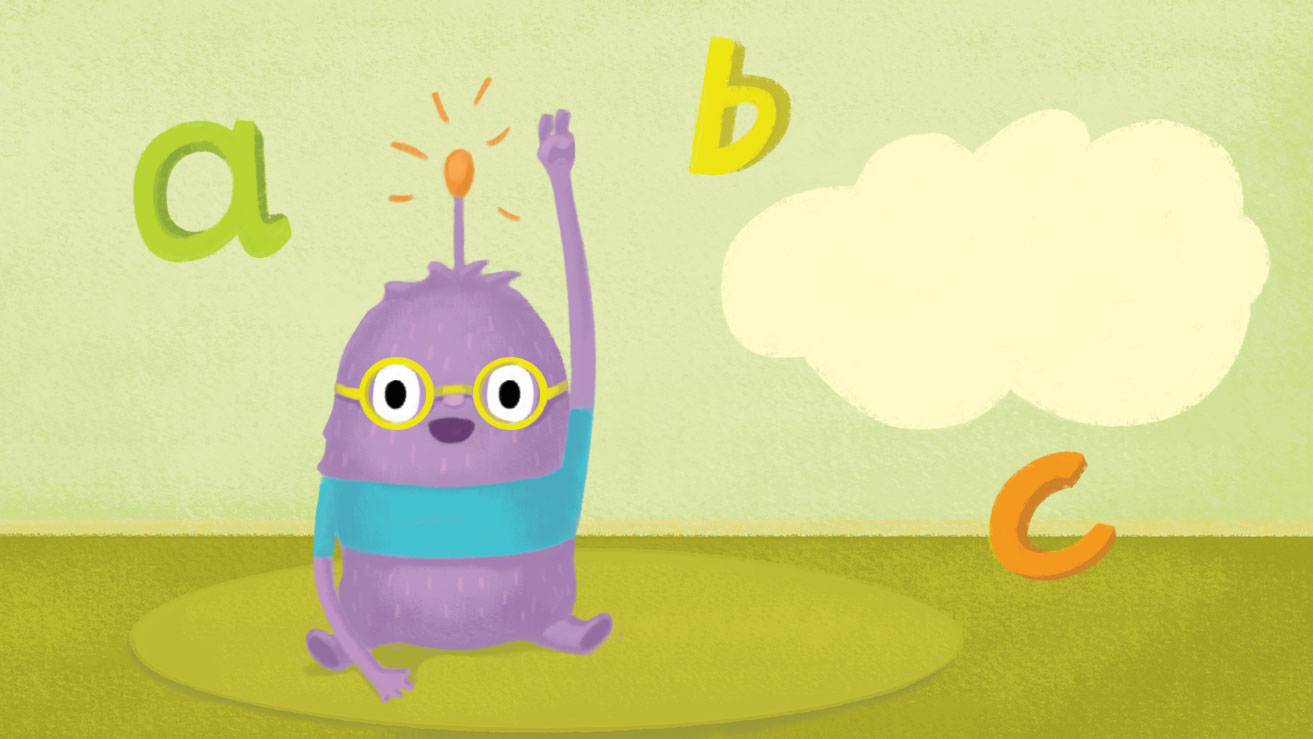“PASSIVE TO ACTIVE” is a very simple and effective method for teaching vocabulary, grammar and fluency to young learners by gradually decreasing teacher talk time (TTT) and increasing student talk time (STT) over a period of several classes.
I train new teachers. They are mostly young people who have usually just graduated from university and entred the world of teaching. They are ready to go, slightly anxious but eager.
The first question I ask them is “ What do you want to teach the children today? This week? This year? What is your plan?” The answer I get is usually the title of the book, a chapter they will be teaching from, or a particular grammatical structure e.g. Present Simple, and then I tell them that is not what I asked for. I want them to tell me what their goal is. It can be, for example: I want the children to learn the names of winter activities in English. What do I use to teach that? How much time do I/the children need? How many repetitions?
So how do you practice new material without anyone getting bored – you and the kids :). How do you check that they have achieved their potential? Here is how:
- I prepare a monthly programme first, usually a new subject like food and a secondary subject such as revision of colours, and then I break it into a block of 8, 30-minute classes (we usually have lessons twice a week). It includes a song or two, a chant/poem and a list of vocabulary/phrases we will be learning.
- I prepare each block of classes using the principle: PASSIVE TO ACTIVE. What it means in practice is that during the first two classes I expect children to listen and repeat and get “friendly” with the new words and sounds. The games I use at this stage are: Chinese whispers, children pointing to flashcards/objects I name, which they repeat after me.
- With each class I try to move progressively more towards ACTIVE: I ask questions where the children need to answer, they ask me questions. Teacher talking time (TTT) decreases and student talking time (STT) increases. You can play games like “ Bye, bye, crocodile” , “Cross the river” (stepping stones), “What’s missing?”, guessing games etc.
- By the end of the block of 8 classes you want the children to be able to name the flashcards/objects/actions without your help, ask questions without prompting and to use the material they have learnt actively. At this point you can also introduce some competitive games, divide children into groups and let them shine 🙂
This Passive to Active programme can be repeated over and over, each time changing the subject matter and rotating different games. Try it for yourself and let us know in the comments how it worked for you!

